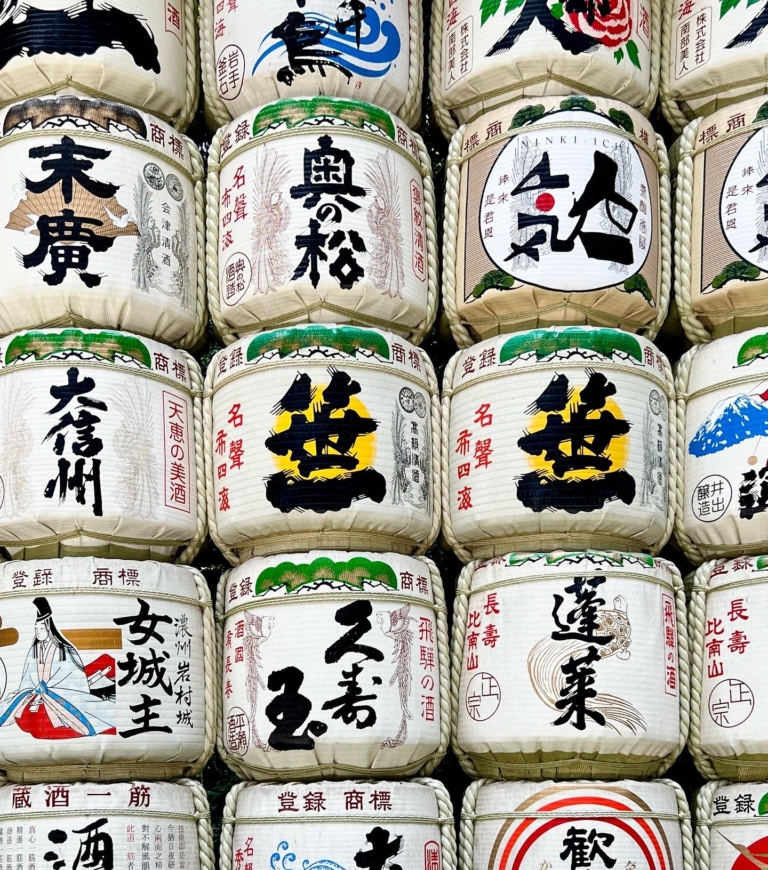Saketini

Elevate your cocktail experience with the exquisite saketini, a harmonious blend of Japanese tradition and modern mixology. This cocktail features sake as its star and is a unique twist on the classic martini. I fell in love with the vast variety of sakes when traveling in Japan last summer. The best advice I got from a guide was to keep trying sake, with over 3000 different kinds, it’s about finding the best match for your taste. I am pleased to report I found many!
Sake, known as Nihonshu in Japan, is a fermented alcoholic beverage made from rice. The average alcohol content of sake is between 14% and 16% and it can be consumed both cold and warm. Sake is produced from the starch found in rice grains, which is then transformed into fermentable sugar through a mold (Koji Kin). The sake-making process closely resembles how beer is made, except that sake requires a transformation from cereal starch to glucose that is carried out through a unique process of multiple parallel fermentations. The result is a delightful drink with the potential of extreme elegance, complexity, and exceptional fragrance. Some even call it “liquid silk“. You can enjoy sake as an aperitif or on its own, yet this marvelous drink works exceedingly well with food.
Types of Sake
Sake, a rice wine with diverse flavors, holds the key to a stellar saketini. The five main kinds of sake are junmai-shu, Ginjo-shu, Daiginjo-shu, Honjozo-shu, and Namazake. Each of these is brewed in a slightly different way and makes use of different percentages of milling and hence has a unique taste. Junmai varieties, with their pure rice content, bring a clean, earthy profile, while Ginjo sakes offer a more fragrant and fruity character. You can also explore the world of aged sakes, known as Koshu for a richer, bolder taste.
When crafting a saketini, consider the balance of flavors. A Ginjo sake with its delicate aroma might pair wonderfully with citrus and herbal elements, while a robust Junmai could stand up to bolder ingredients like ginger and spiced liqueurs.
Sake + Food Pairing
Skies the limit when it comes to what to eat when drinking a saketini. And don’t be afraid to pair sake drinks with non-Asian dishes. But the truth is raw fish, grilled fish, meats, vegetables, briny pickles, rice dishes, and cheeses all pair wonderfully together, no matter what the herbal elements.
The saketini invites you on a journey through the diverse world of sake, offering a sip that marries tradition with innovation. So, raise your glass to this refined fusion and savor the elegance of a well-crafted saketini.
Saketini
Ingredients:
- 2 ounces gin, or vodka
- 1 1/4 ounces sake
- Cucumber shaving, for garnish
Directions:
- Place a martini glass in the freezer.
- Combine the gin (or vodka) and sake in a mixing glass filled with ice. Stir rapidly until the ice melts some and the mixture is well chilled, add additional ice as needed.
- Strain the mixture into the chilled martini glass. Garnish with a cucumber shaving. Serve immediately.





